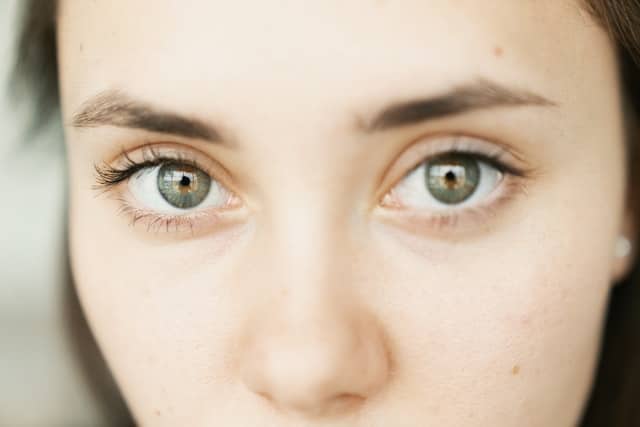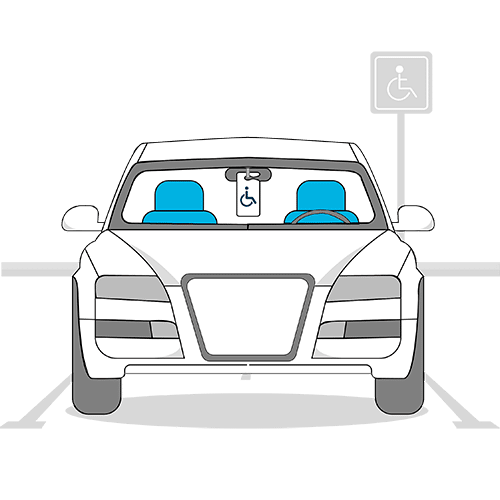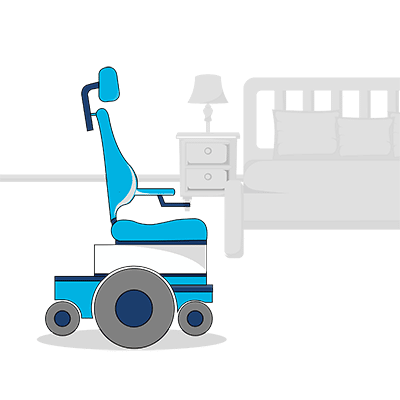Cassidy Megan was diagnosed with epilepsy at the age of seven. In 2008, when she was just nine years old, she founded Purple Day.
By founding Purple Day, Cassidy hoped to unite people who share a similar experience. And to help people overcome the sense of isolation they may feel due to living with this invisible disability.
Epilepsy in Australia
Epilepsy affects an estimated 65 million people globally. In Australia, over a quarter million people are currently diagnosed. It’s one of the most common neurological disorders in the world.
Lavender is a calming colour (and plant) and it’s also the international colour for epilepsy. That’s why March 26 is Purple Day, so let’s all remember to wear all our purple clothes!
What are the main causes of epilepsy?
In about 50% of all cases the cause of epilepsy is unknown. However, we do know a disruption to electrical activity in the brain results in this neurological disorder.
Here are some of the main causes of epilepsy:
- Head injuries
- Brain tumours
- Strokes
- Infections in the brain (e.g. meningitis, encephalitis)
- Developmental disorders (e.g. autism, neurofibromatosis)
- A lack of oxygen during birth
- Genetic conditions which result in injury to the brain (e.g. tuberous sclerosis)
- A severe substance imbalance (e.g. sodium, blood sugar)
How does an epileptic seizure happen?
Firstly, it’s important to know one seizure is not considered to be epilepsy. A diagnosis of epilepsy means a person has repeated seizures.
A seizure is the result of electrical impulses which are like an electrical storm in the brain. The surge of electrical impulses can be too great a load, causing spill over into other areas of the brain.
These electrical impulses send signals from the brain to our muscles. These messages can trigger involuntary muscle twitching or convulsions – or seizures.
However, a seizure can also be far less intense and result in smaller actions like blinking or simply staring into space.

Types of seizures
Seizures are generalised (local) or partial (focal). This depends on whether the electrical activity occurs throughout the whole brain or in a specific area.
Generalised seizures (local)
With generalised seizures, electrical impulses are active throughout the entire brain. These are the six types of generalised seizures.
- Tonic-Clonic seizure (grand-mal): The most severe seizure, this begins in both sides of the brain (or one side and spreads to both) then you lose consciousness and collapse. There can be up to a minute of severe muscle stiffening (tonic phase), followed by up to a minute of intense muscle contractions (clonic phase). This is followed by a deep sleep.
- Absence seizure (Petit Mal): A brief lapse in consciousness that usually only lasts a few seconds. Symptoms can include staring into space or blinking. Other than a loss of time, people often don’t know they’ve had an absence seizure.
- Tonic seizure: The muscles in your limbs and back stiffen, often causing a person to fall.
- Atonic seizure: A loss of muscle tone or control causing your head or body to go limp, which can result in collapse.
- Clonic seizure: Muscle contractions causing jerking in the arms, neck, and face.
- Myoclonic seizure: Muscle contractions resulting in jerking of the limbs.
Partial seizures (focal)
Partial seizures happen due to electrical impulses that cause a disruption in a specific area of the brain. There are two main ways of grouping partial seizures.
- Focal Onset Aware Seizure: Previously called a simple partial seizure, this can affect your senses, motor control, autonomic nervous system or be psychological. During a focal seizure, you’re aware and alert, however, you may be frozen and unable to respond. Seizures last around two minutes.
Here are some of the symptoms:- Motor: muscle contractions causing spasms or stiffening.
- Autonomic: the electrical impulses send signals via the nerves that control our organs, which can lead to symptoms like diarrhoea or a racing heart.
- Psychological: symptoms can include intense emotions or be memory related and result in a sense of Deja Vu.
- Senses: unusual sensations (sometimes referred to as auras) such as dizziness or seeing flashes.
- Focal Onset Impaired Awareness Seizure: This type of seizure was previously called a complex partial seizure. During these seizures, you aren’t fully aware of your surroundings.
When experiencing this, you may do involuntary (yet coordinated) actions, and these can be repetitive. Such as walking in circles, chewing, fidgeting, staring into space, or smacking your lips.
Is epilepsy a disability?
Some people with epilepsy don’t see themselves as having a disability, whereas some do.
Regardless, it is on the Australian Government’s list of recognised disabilities. So, depending on the severity of your condition, you may be able to successfully apply for NDIS funding. This funding can help you find support services that will assist with managing your epilepsy.
If you’re interested in exploring this read our steps to access the NDIS.

Epilepsy in Australia: Can you drive with it?
Driving with epilepsy is possible if seizures are well-controlled and you’ve been medically assessed as fit to drive. Your doctor will help guide you through the process of determining whether you’re able to safely drive.
Regardless, if your epilepsy enables you to have a disability parking permit (DPP), know that Blue Badge Insurance offer up to 25% off car insurance for DPP holders.








